Quang Trung Temple Festival, Nghi Son Island Commune, formerly known as Bien Son, is a large-scale traditional festival in the South of Tinh Gia District, now Nghi Son Town. The festival honors and commemorates the merits of the cloth-clothed hero Quang Trung - Nguyen Hue, promotes the spirit of martial arts, encourages fishermen to go out to sea to get rich and protect the sacred sovereignty of the Fatherland. The festival takes place on the 5th day of the Lunar New Year.
 Offering to King Quang Trung and the gods at the temple.
Offering to King Quang Trung and the gods at the temple.
After wiping out 290,000 Qing invaders, Quang Trung recognized the merits of the residents of the coastal villages, including Bien Son residents, who helped the king train the navy and enthusiastically set out to kill the enemy. He abolished the tax on bird's nests collected from Me island, a tribute from the Le - Trinh dynasty that caused many people to lose their lives. In gratitude for the king's kindness, the villagers built a temple to worship him on the island. Next to the temple is a complex of relics worshiping the Four Holy Mothers, the sea gods, a Catholic church and a temple to worship Ton That Co.
Quang Trung Temple Festival has a ceremony and a festival, honoring the hero in red cloth and flag and the gods, expressing gratitude for his merits and those of the generals, praying for the gods to bless fishermen to go out to sea, to have full holds of fish and shrimp, and for the country to be prosperous and well-off. This is also an opportunity to exercise, show off one's talent, and enjoy entertainment, meeting the religious and spiritual needs of the local people and visitors.
Before the festival, the abbot and dignitaries perform a bathing ceremony, bathe the statue, put on new clothes, clean the ceremonial objects, and worship items.
welcome, invite the king and the six ministries of the court, the council of officials to the king's death anniversary, then organize the procession.
The procession is an ancient palanquin gilded with red paint. Inside the palanquin there is an incense bowl, a saint's tablet and other worship items. The processionists all wear red linen shirts, short sleeves, red belts, red headscarves, white pants and bare feet. After a drum beat, the procession starts the procession according to ancient rituals. At the head of the procession is an altar carried by 4 people, on the altar are carried the incense bowl and offerings including betel and areca nuts, flowers and fruits. Two people carry two golden parasols on either side. The altar not only leads the way but also has the function of clearing the procession. Behind the altar is the octet troupe consisting of a large drum, a large bell and musical instruments: zither, flute, cymbal, cymbal, trumpet, two-stringed fiddle... The octet troupe walks and plays music. Behind the octet troupe there are 32 people lined up in 2 rows, 6 people carry swords, 6 people carry eight treasures, 4 people carry bronze mallets, and 16 people follow, each holding two wooden swords in both hands. Following the group of people carrying the eight treasures and swords was the group of people carrying the festival flags, divided into two rows, each person was assigned to carry a flag, followed by four people carrying four large parasols. After that, one person carried the command flag with the word "Emperor", another person carried a badge with the word "Supreme" on the front and "Historical Dynasty" on the back, followed by the eight-dragon palanquin. After the eight-dragon palanquin was the double-dragon palanquin carrying the Four Holy Ladies, then the To Hien Thanh palanquin; the officials, dignitaries, elders and people lined up in two rows according to their ranks and positions.
The procession starts from the temple to the communal house, then returns to the temple. On the way, when reaching the three-way or four-way intersections, the intersections or before entering the communal house yard or temple yard, the palanquin rotates in different directions. That scene, combined with the drums and gongs and the reverence of the participants, further enhances the sacredness and solemnity of the procession.
After the palanquin is brought back to the temple, a ceremony is held to place the palanquin, to offer gifts, to perform the sacrifice according to ancient rituals and to read the blessing. The content praises the merits of King Quang Trung; the text is written in ancient style; when read, it is long and melodious in the style of a funeral oration. When the announcer shouts "Te tuu!", the band shakes the gong, beats the drum, plays music and then falls silent, leaving only the singing voice of the master of ceremonies. Along with gratitude for the merits of the king and the gods, the blessing prays for the gods to bless the villagers and visitors to enter the new year with prosperity, a full life, a good catch of shrimp and fish, and prosperous business and trade.
In the ancient Quang Trung Temple Festival, there were also games of pulling the word "Thien ha thai binh", swing playing, wrestling, chess, boat racing... Pulling the word "Thien ha thai binh", the form took place as follows: The team pulling the word has 120 people, divided into two rows, all wearing black shorts with red stripes, green four-panel shirts, holding flags. The leader of the team pulling the word is called Tong co. Following the 3 drum beats of Mr. "Chi trong", the whole team runs from left to right. The first row is responsible for running the stroke of the word "Thai", and the second row pulls the word "Binh". First, the first row runs the horizontal stroke of the word "Thai", then circles forward, pulls down to form a thin stroke, then circles up to the right, pulls down to form a sharp stroke, finally runs around to the left, pulls down, forming a dot. Thus completing the word "Thai". The first person becomes the last person and vice versa.
While row 1 draws the word “Thai”, row 2 draws the word “Binh”, also following the principle from left to right. First, this row runs the upper horizontal stroke of the word “Binh”, then, loops up and pulls down to form the left stroke, runs back up and pulls down to form the right stroke, then loops down, runs the lower horizontal stroke, from left to right, and finally runs up and pulls straight down to form the stroke. All of this happens to the beat of the drum. When finished, the whole team sits down, lowers the flag, and highlights the word “Thai Binh”. Everyone in the team sings loudly in unison:
Thai Binh has finished pulling two characters
Wishing all people eternal peace.
For many reasons, the word pulling game is no longer maintained and there are plans to restore it. During the festival, Nghi Son fishermen also organize boat rides to recall the tradition of fighting to protect the country, to please the sea gods, to compete, to train their strength, and to stick with the fishing profession.
The racing boats are fishing boats but all the planks have to be removed, the plank frames installed, a place to stand and row, and beautifully decorated. The oars are arranged reasonably on both sides, corresponding to the number of racing men. The two oars on the steering side are led by two strong, experienced middle-aged men, keeping the boat on the right track. The leader of the racing boat wears a red scarf, a yellow belt, and holds a drum or wooden fish to keep the rhythm of the oars. On the boat there is a small drum beaten by an old man standing at the bow of the racing boat to keep the rhythm of the oars. The racing boats are dressed differently to distinguish the boats of each ward. The ancient swimming festival took place over two days. Before the main swimming day is the day of swimming test, no ranking is determined, but the boats all have to go through 9 laps around Ngoc lagoon. The day after the main swimming festival, competition and prize-winning. On the wharf, on the boat, people from everywhere flock to watch the swimming festival. Waiting for the tide to rise, gongs, drums, and horns all sound, announcing the start of the swimming festival. The command flags were raised, and all the oars were paddling the water, riding the waves, rolling the water, moving forward. At the same time, the festival flags, scarves, and hats were waved continuously, blending with the sound of small drums, the rhythmic beats on the racing boats urging them, the sound of horns, big drums, cymbals,... from the temples, the communal houses, the cheers from the shore, and the wharf created a series of sounds that resounded throughout the sky, shaking the earth, drowning out the sound of the waves, urging the boatmen to push their oars hard, rushing forward to the finish line.
The boat that reaches the finish line first is awarded a prize. The prize is a few jars of wine, some squares of red cloth, and a little money, but the fishermen believe that if the racing boat wins, that year will be prosperous, they will catch a lot of fish and shrimp, and will have good luck when going out to sea. The pieces of red silk are divided among the members of the swimming team and are worn around the necks of children as talismans.
Nowadays, the festival mainly features swing playing, wrestling, chess, boat racing and other cultural, physical education and sports activities that are joyful and exciting across the blue sea during the spring days of the new year.
Article and photos: Hoang Minh Tuong (Contributor)
Source



![[Photo] General Secretary To Lam receives Russian Ambassador to Vietnam](https://vstatic.vietnam.vn/vietnam/resource/IMAGE/2025/4/2/b486192404d54058b15165174ea36c4e)

![[Photo] Third meeting of the Organizing Subcommittee serving the 14th National Party Congress](https://vstatic.vietnam.vn/vietnam/resource/IMAGE/2025/4/2/3f342a185e714df58aad8c0fc08e4af2)


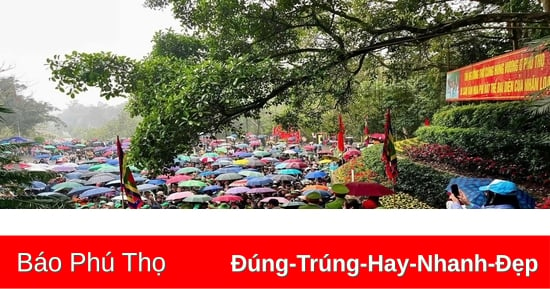
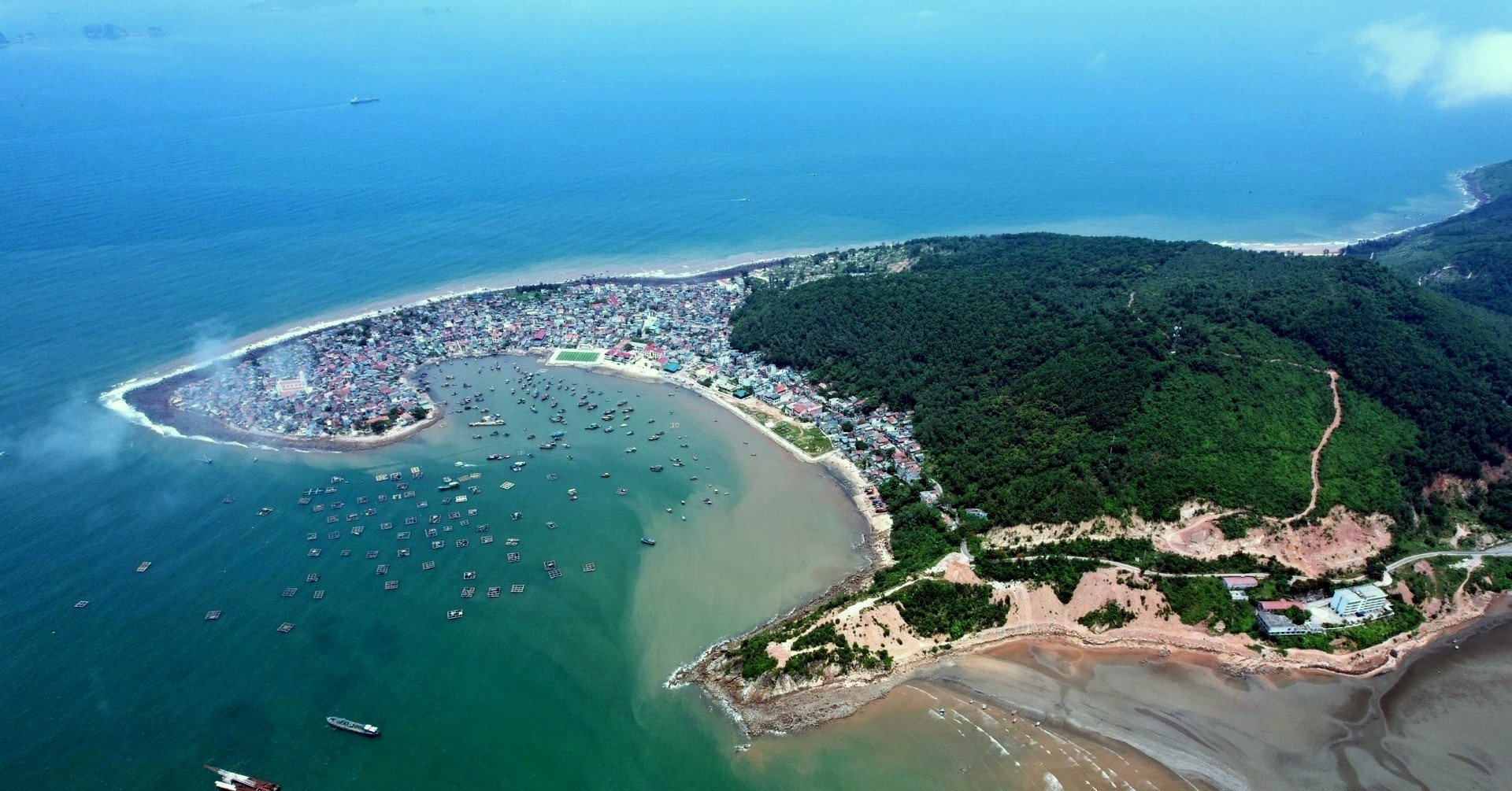




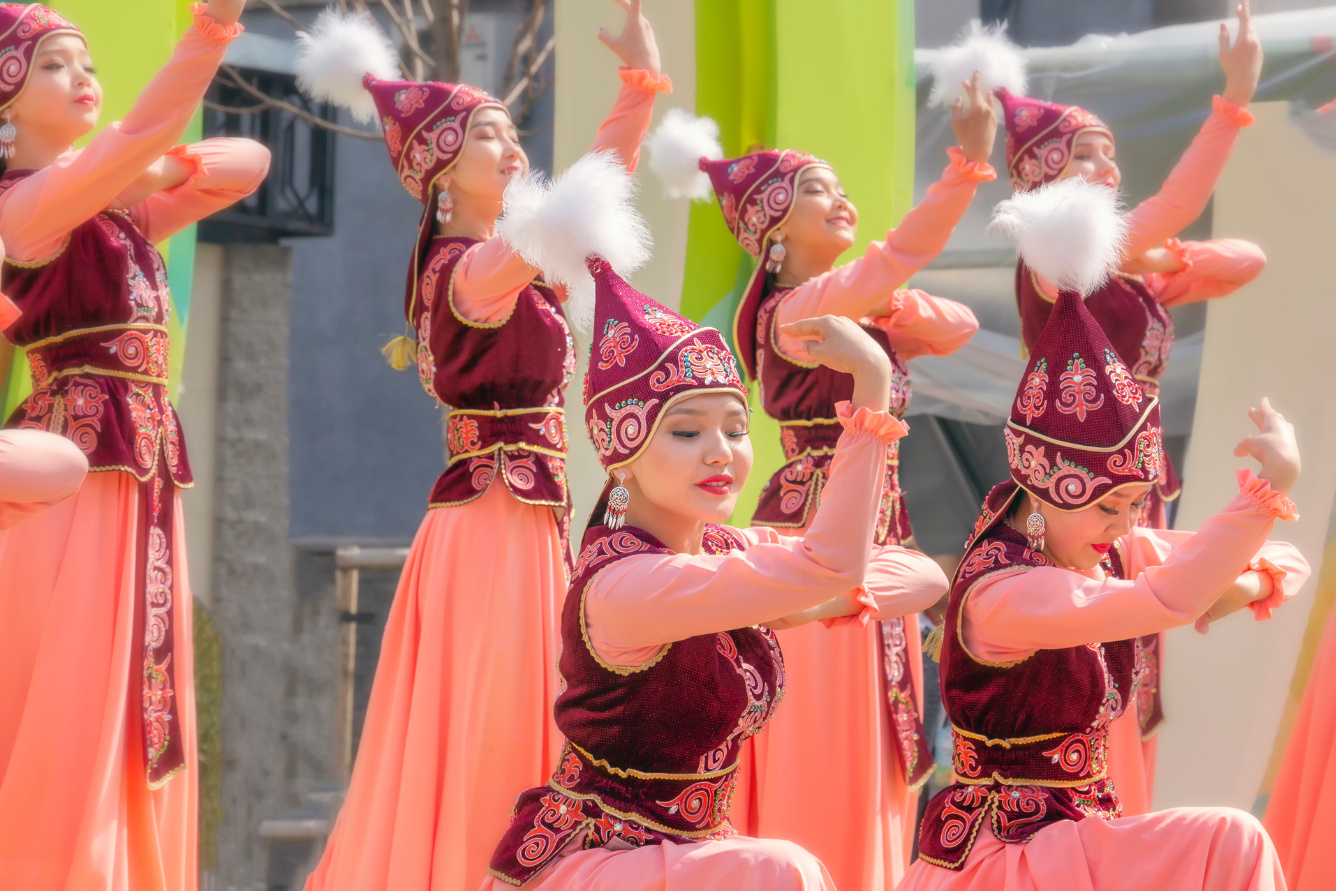
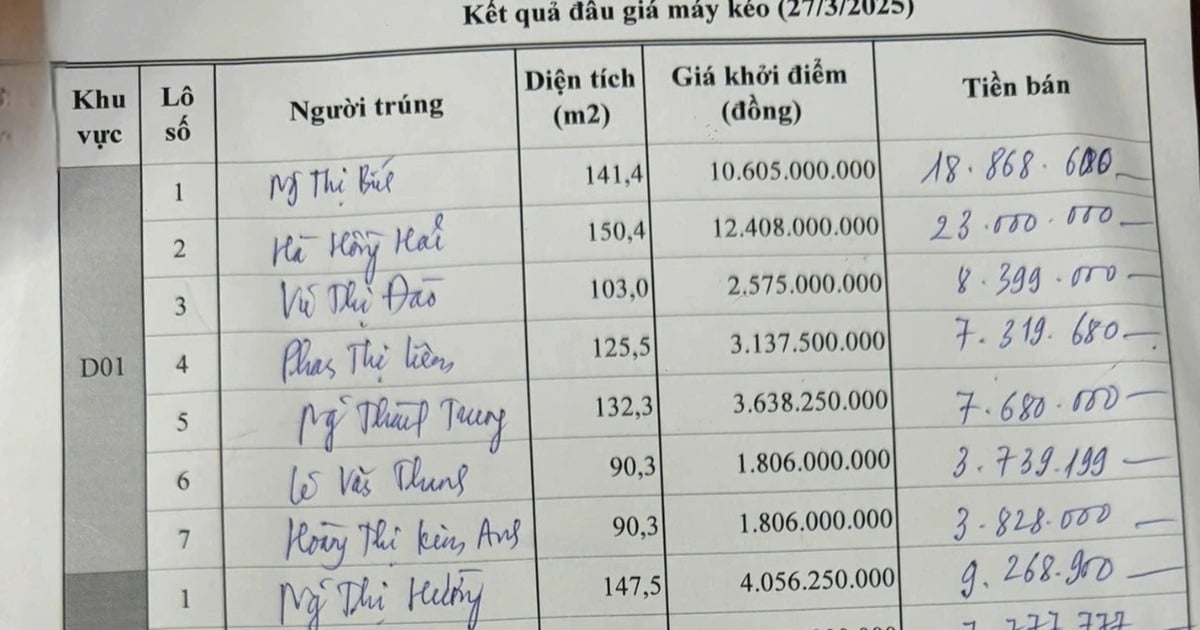

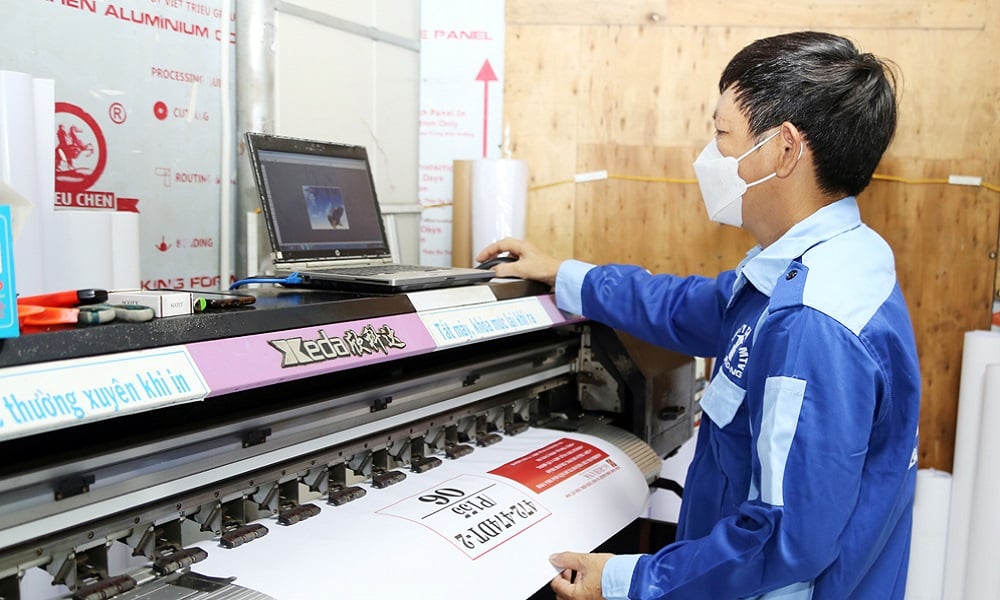
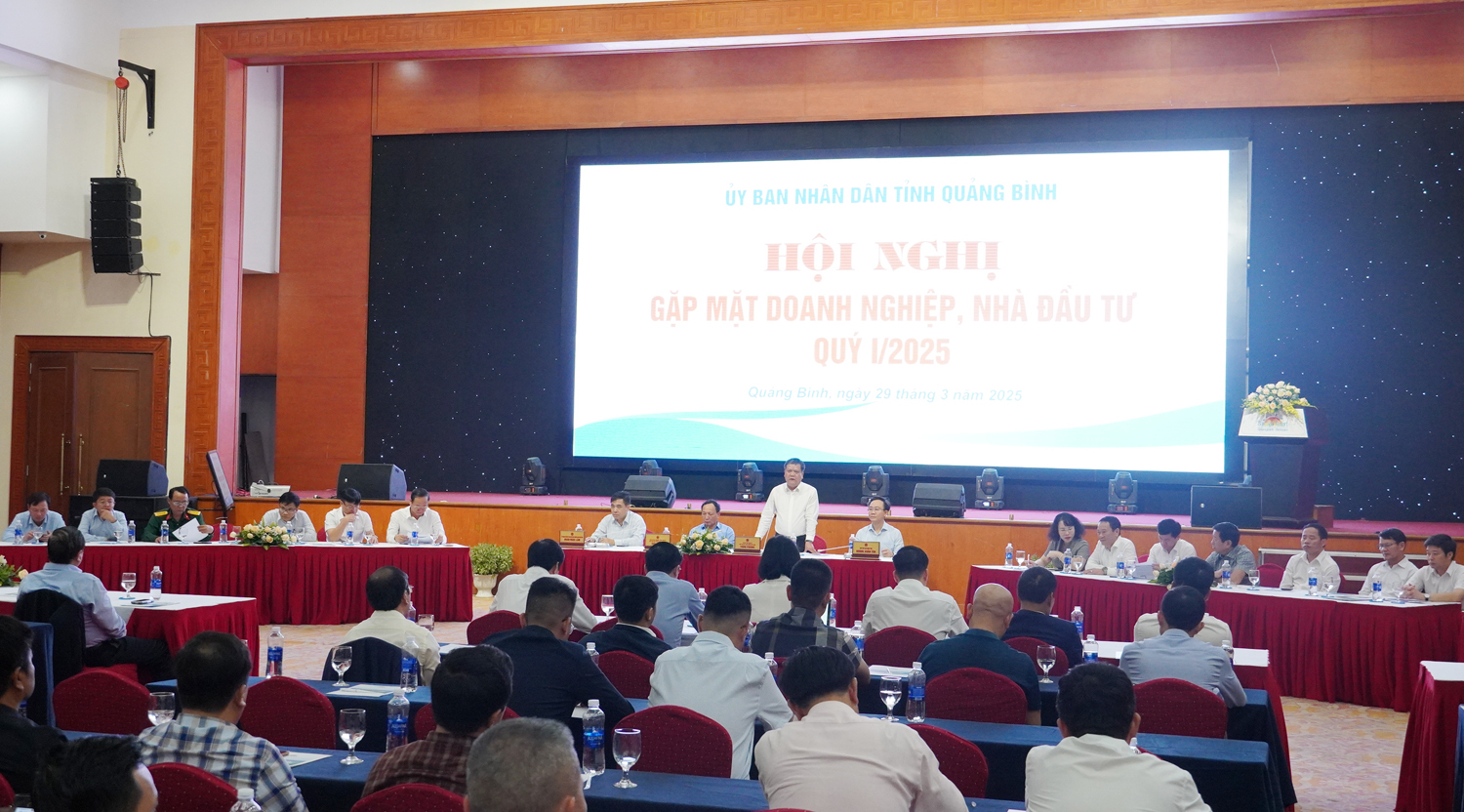

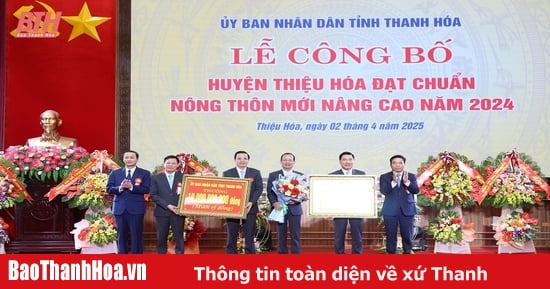
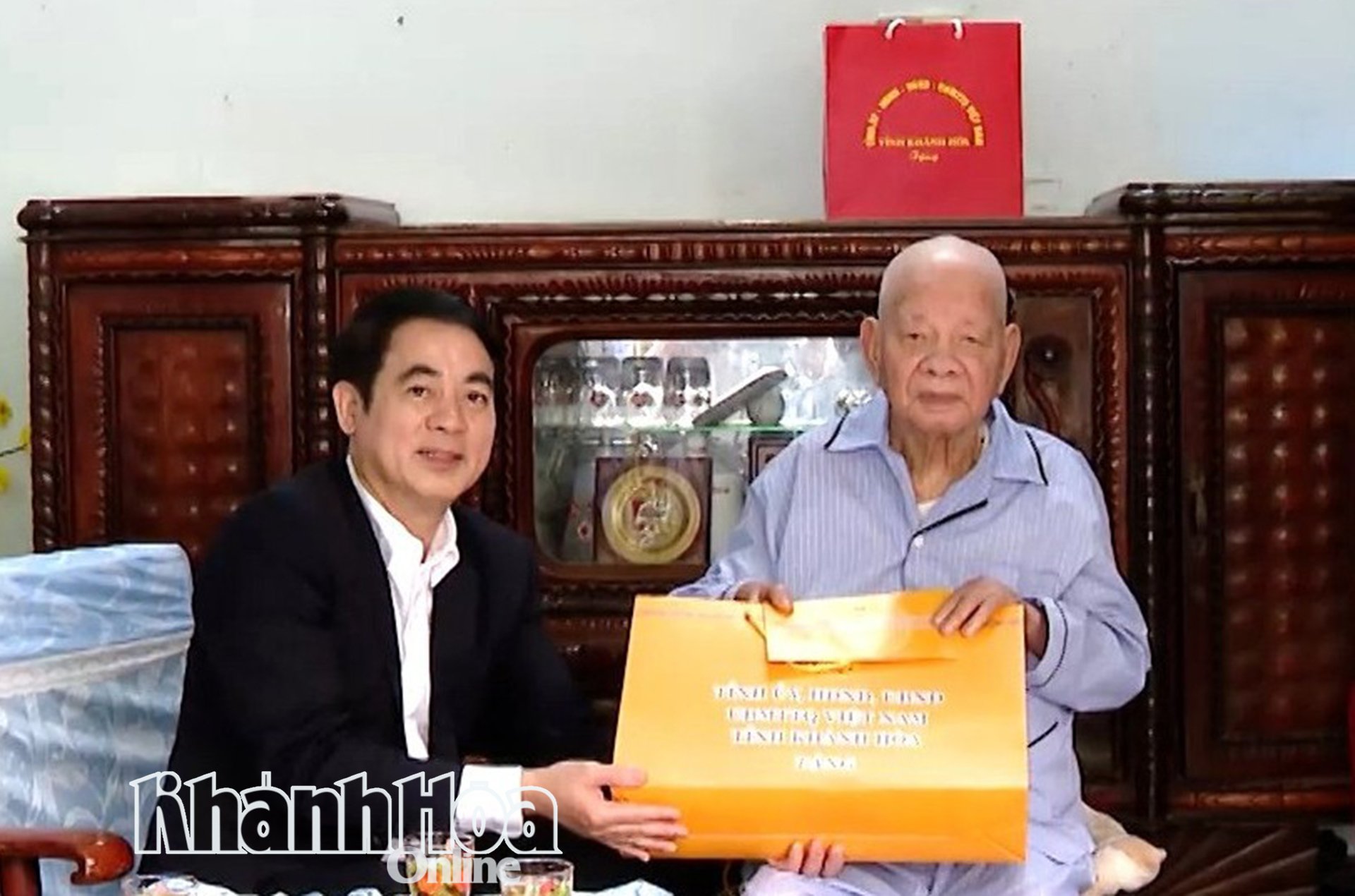
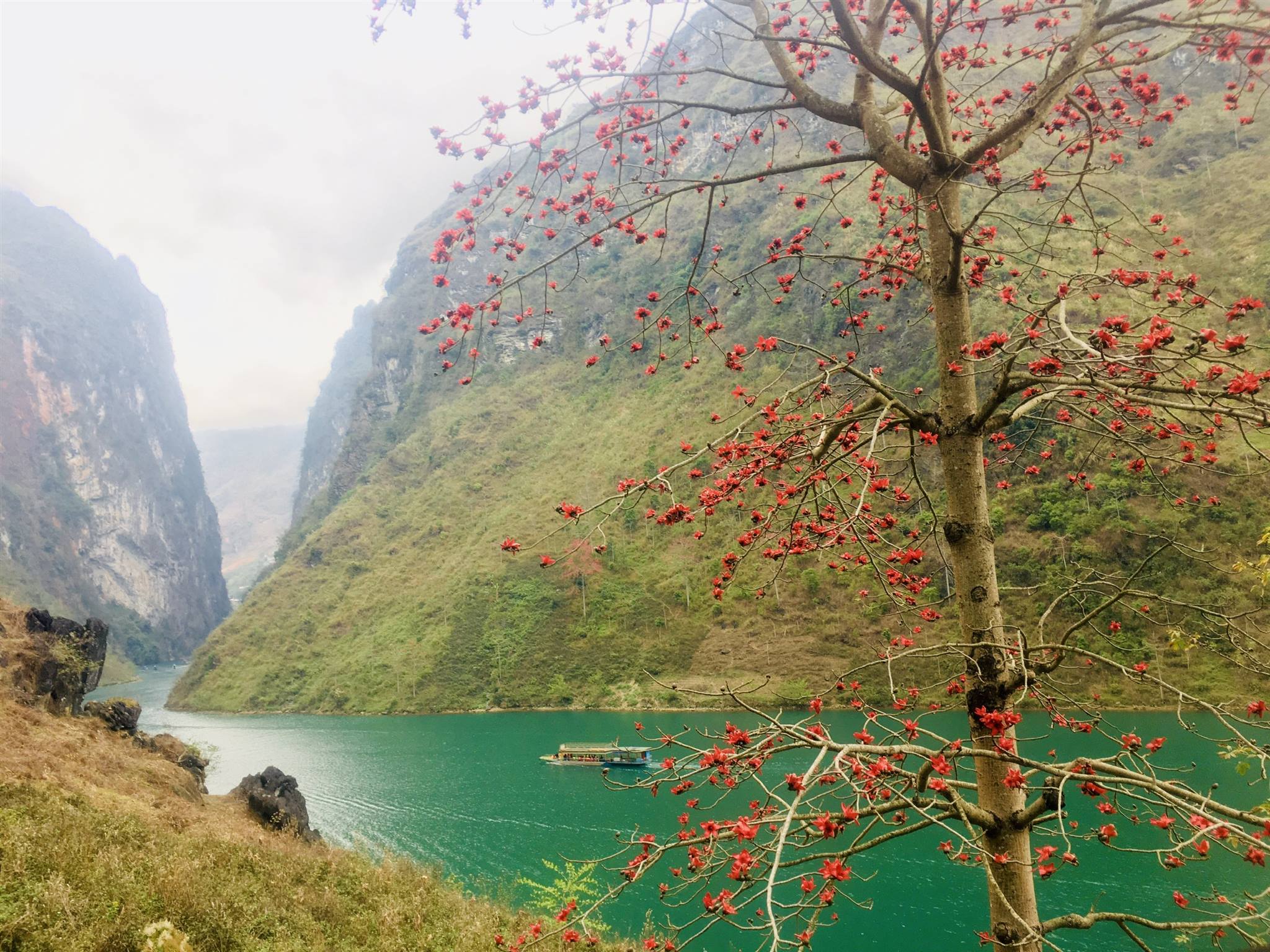



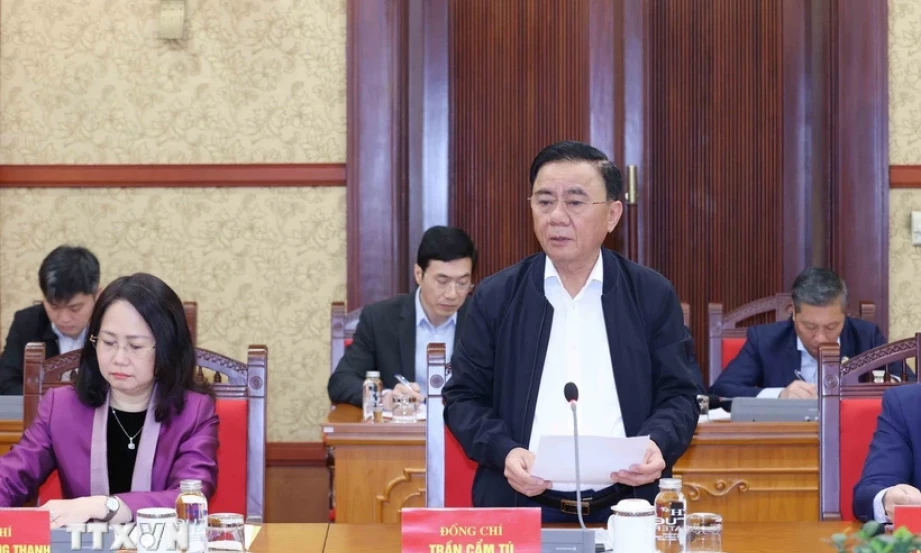

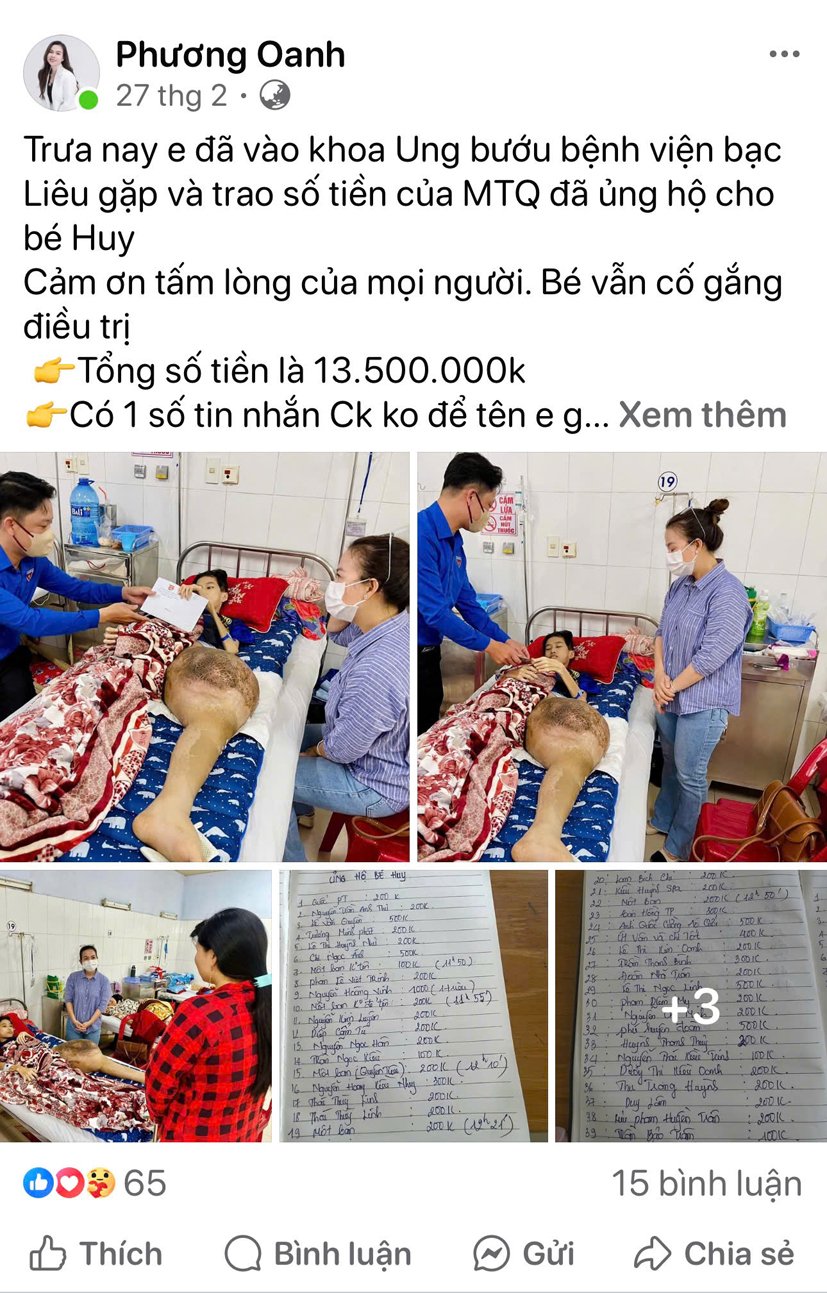
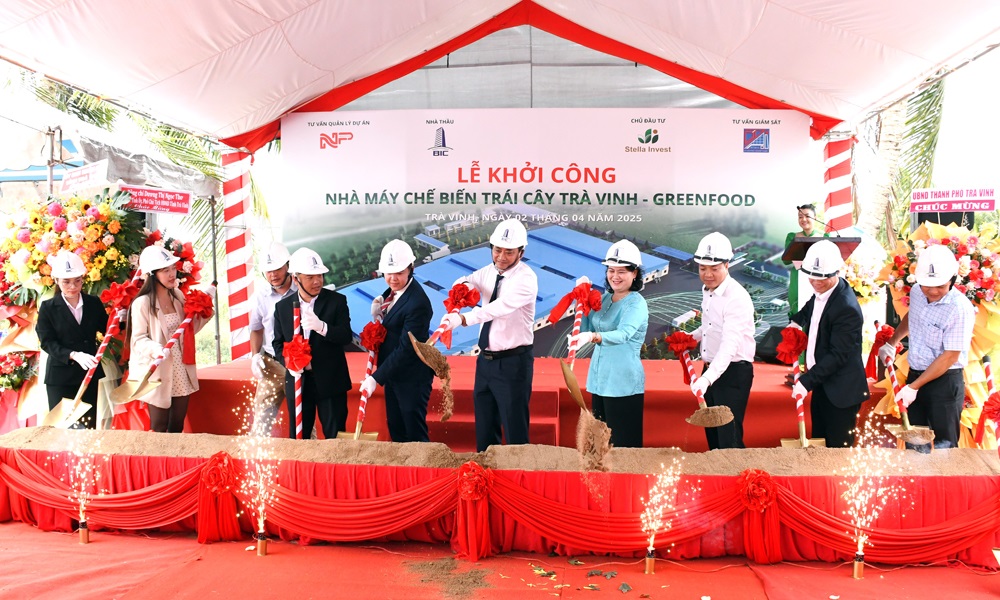


![[Photo] Relatives of victims of the earthquake in Myanmar were moved and grateful to the rescue team of the Vietnamese Ministry of National Defense.](https://vstatic.vietnam.vn/vietnam/resource/IMAGE/2025/4/2/aa6a37e9b59543dfb0ddc7f44162a7a7)










































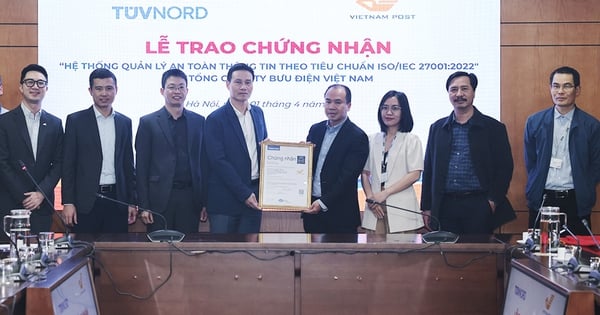

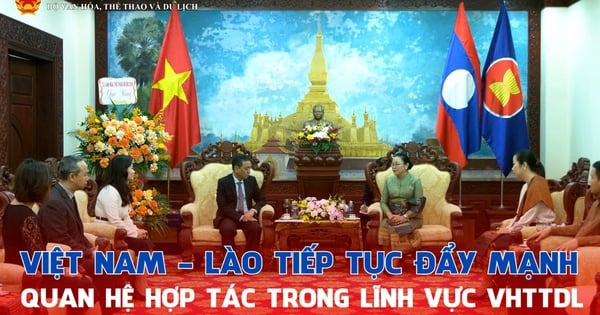


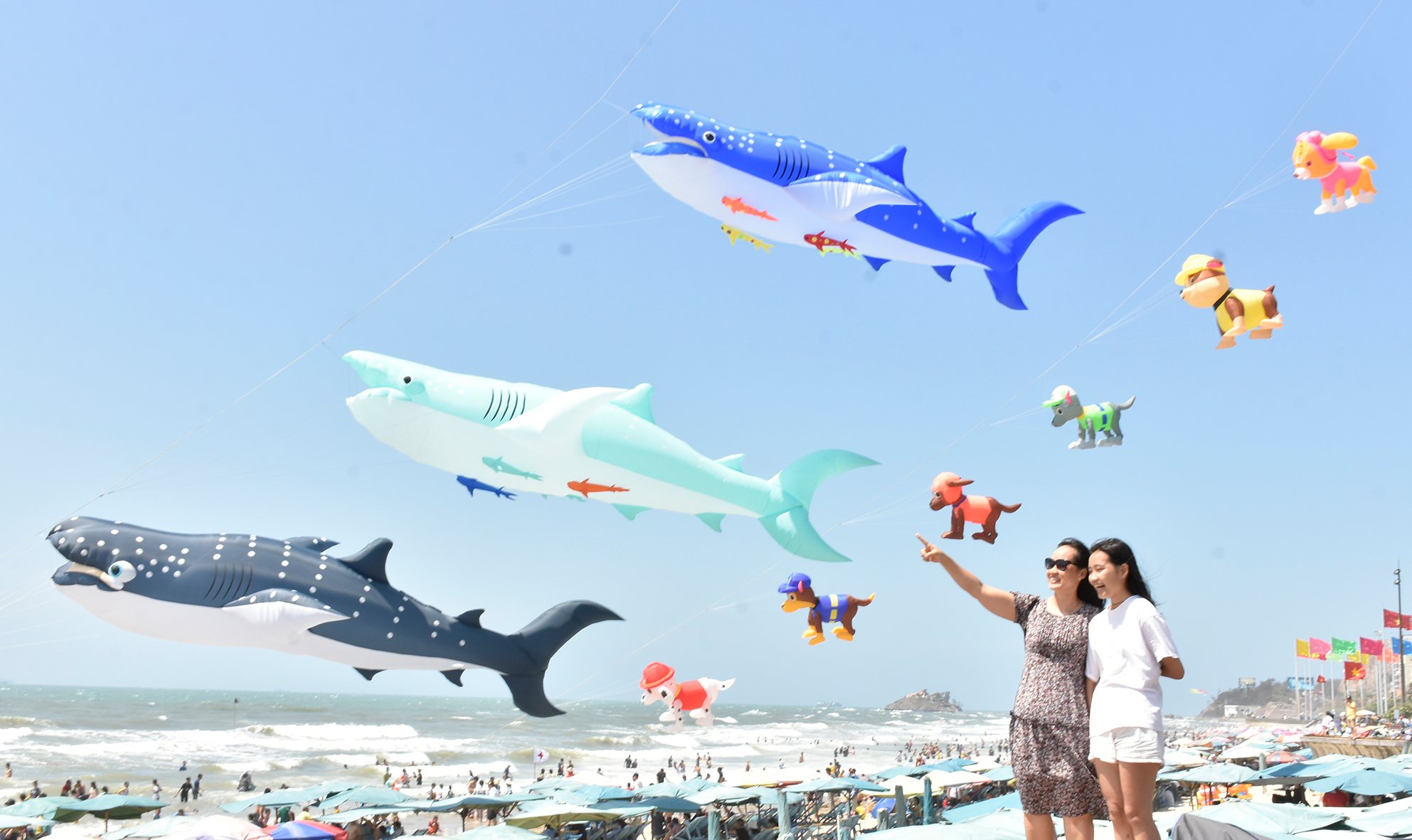


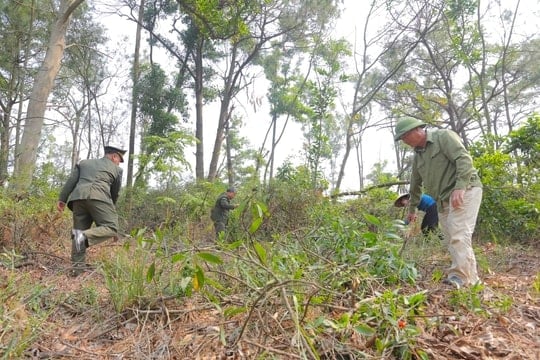

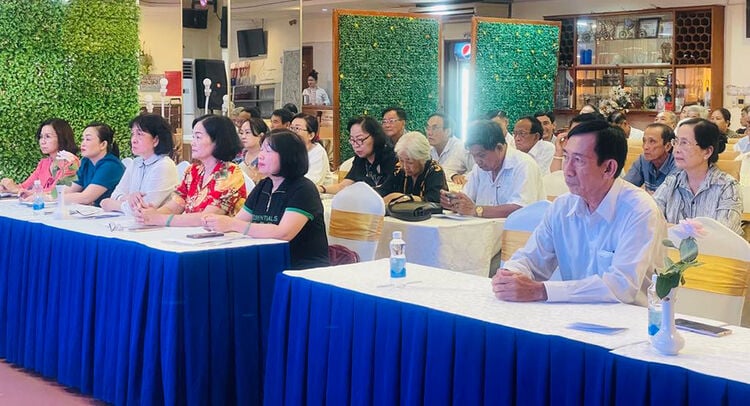













Comment (0)